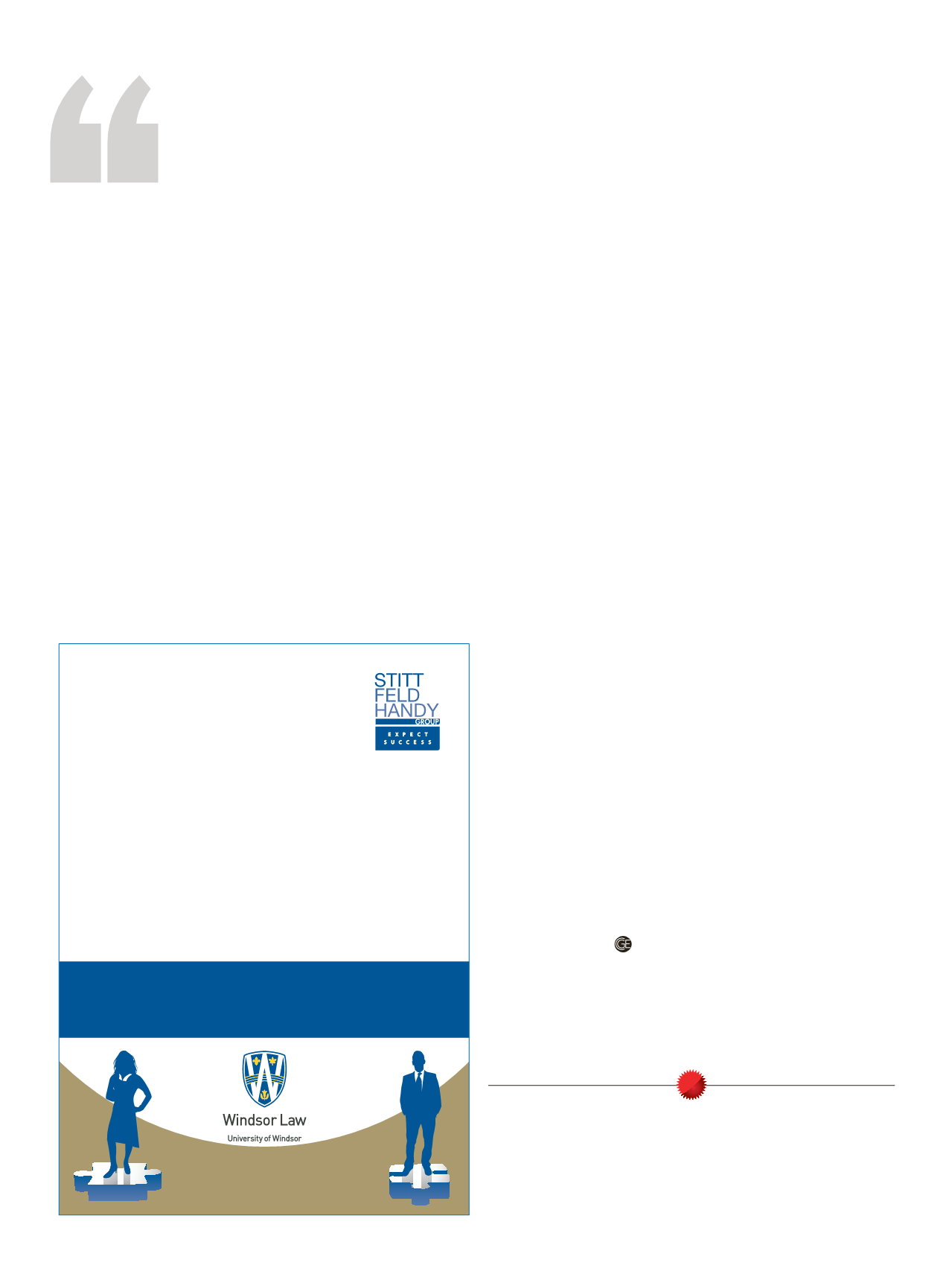

Innovation
8
/ Canadian Government Executive
// November 2015
1.800.318.9741 adr.ca | contact@adr.ca What’s more important: getting a good deal or keeping a good relationship? The answer is that you can rarely get a good deal if you have not maintained a good relationship. When you have a good relationship and the other person trusts you, you can reach deals that you just can’t reach if the other person sees you as an adversary. should you keep your emotions quiet While negotiating? Many people think that we should try to keep our emotions out of a negotiation – that emotions make you a worse negotiator. It’s often impossible not to “be emotional”, and using emotions effectively may help you. The best negotiators use emotion to their advantage. tips from dispute resolution experts toronto ottawa st. John’s visit adr.ca for dates near you alternative dispute resolution Workshop i iphone channel and digital channel had different processes to cre-
ate content, so it wasn’t always consistent and quality varied. As
the Region moves forward, it is creating a single authoritative
source of content that can be leveraged for print, social media,
phone and digital.
Furthermore, the Region is also proactively using data to reach
residents
before
they need to reach out. Through data, we can an-
ticipate patterns in questions and use them to push out content
for social media, web content and email messaging. Data can even
prevent the need to contact the Region.
Ultimately, the goal is to discourage residents use of expensive
channels if they don’t need to. The Region’s analysis of what hap-
pens at its call centre reveals early signs of activity. It then uses
that intelligence to proactively adjust message and tactics, im-
prove the web, etc. All the channels are inter-connected and feed
into each other to achieve the Region’s goals.
5) Build on Modern, Flexible Platforms
Through this initiative, the Region piloted two new platforms: a
new Customer Relationship Management system and a Content
Management system. With guiding principles 1-4 in place, build-
ing on new platforms was relatively easy. The prototype and de-
signs were executed in iterations, and by the time the platforms
and vendors were selected the Region had fine-tuned the proof-
of-concept to build. Considerable effort was also undertaken on
the data side to create a master database for addresses.
Results
By the end of the cart selection process, within a three-month
period, 84% of households (230,000) made a choice, and an im-
pressive 92% of these selections were completed online. In ad-
dition to successfully building the cart selection application, the
Region redeveloped the Waste section of the website through the
same data-driven and user-centred approach. Through that pro-
cess, it reduced content from almost 800 pages down to less than
20, making critical information easier to find and use, as well as
mobile-enabled and accessible. This fall, the Region is delivering
over 1 million carts — the largest roll-out process in North Amer-
ica — with further digital supports for that phase of the process.
These are dramatic results, and they have been instructive on
how to shape the future. The Region’s mission will be to continue
to align channels, incorporate data from the channels to improve
performance, and focus on other highly used services like online
water billing, childcare applications or housing subsidy.
We have to make it so easy that citizens now prefer to use digi-
tal services. In this initiative, the Region of Peel demonstrated
that while it can be hard work to make things easy, the project
was worth it. Its citizens are satisfied by both the convenience
and the time-savings demonstrated by on-line services. This is
only the beginning!
G
lenn
B
runetti
is Manager of Digital Strategy in the Region
of Peel government.
web
The Waste site can be seen at
www.peelregion.ca/waste .Additional Reading:
Michal Dziong, “Citizens First: Moving People online For Better
Service” Canadian Government Executive, June 2015. Available
online at
www.canadiangovernmentexecutive.caBy the end of the cart selection process, within a three-month period, 84%
of households (230,000) made a choice, and an impressive 92% of these
selections were completed online. In addition to successfully building the
cart selection application, the Region redeveloped the Waste section of
the website through the same data-driven and user-centred approach.














